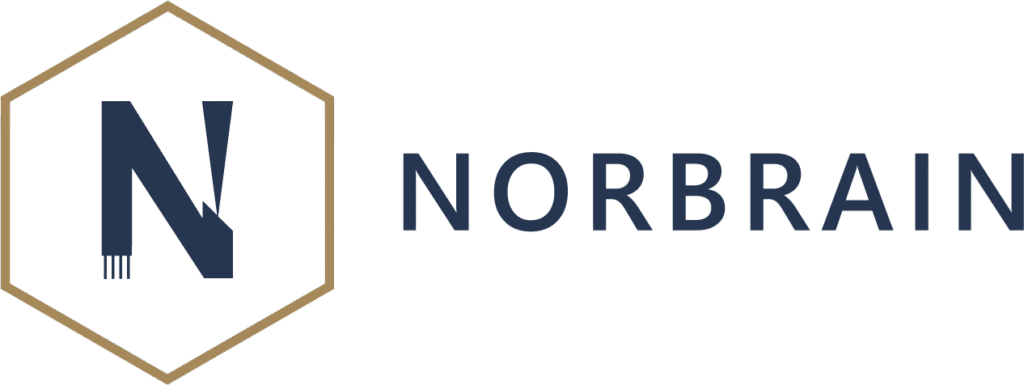The introduction of genetic tools for labelling have opened the doors to cell-specific connectomic studies, but mapping of brain connectivity still faces labour-intensive processes such as microtomy, histotechnical preparation, and alignment of individual sections into one coherent brain volume to allow for 3D analyses. 3D image volumes captured at microscopic resolution allow for more advanced and efficient analyses. One new approach to obtain such 3D volumes is light sheet microscopy (LSM), a fluorescent technique using optical sectioning of tissue.
Location: NTNU (in collaboration with Leergaard, UIO)
LSM is based on the concept of illuminating a specimen with a thin sheet of laser light and recording orthogonally the fluorescence emitted from this entire field of view. Originally implemented for small volume samples of transparent tissue, the next generation of instruments enables imaging of chemically cleared mouse brains.The close collaboration between the neuroanatomy cores at NTNU and UIO, part of the Norwegian node of the International Neuroinformatics Coordinating Facility, secures a seamless integration with the established and to be developed digital atlas and analytical pipelines.
